October 23, 1996
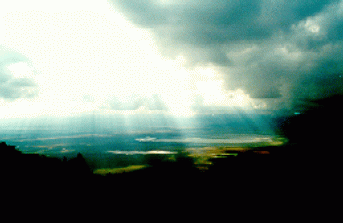
Here is the Ngorongoro crater as seen through streaming sunlight. The crater is volcanic and part of the Eastern Rift Valley system.
| Back to "Serengeti National Park" |

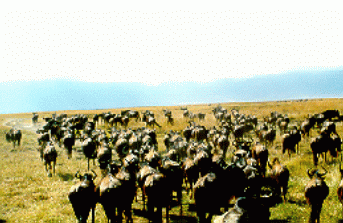
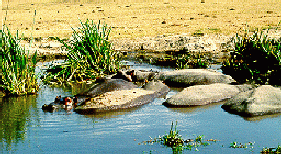 |
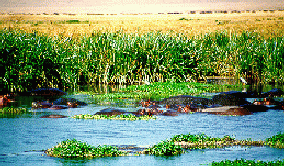 |
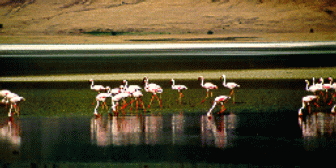
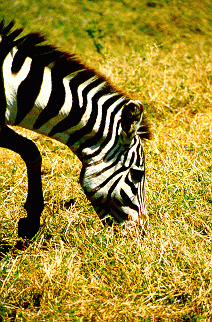 |
On our way out of the crater, we passed through a herd of zebra which were not as skittish as those we had encountered in Kenya. I snagged the closeup below as this one casually caught a snack. |
|---|